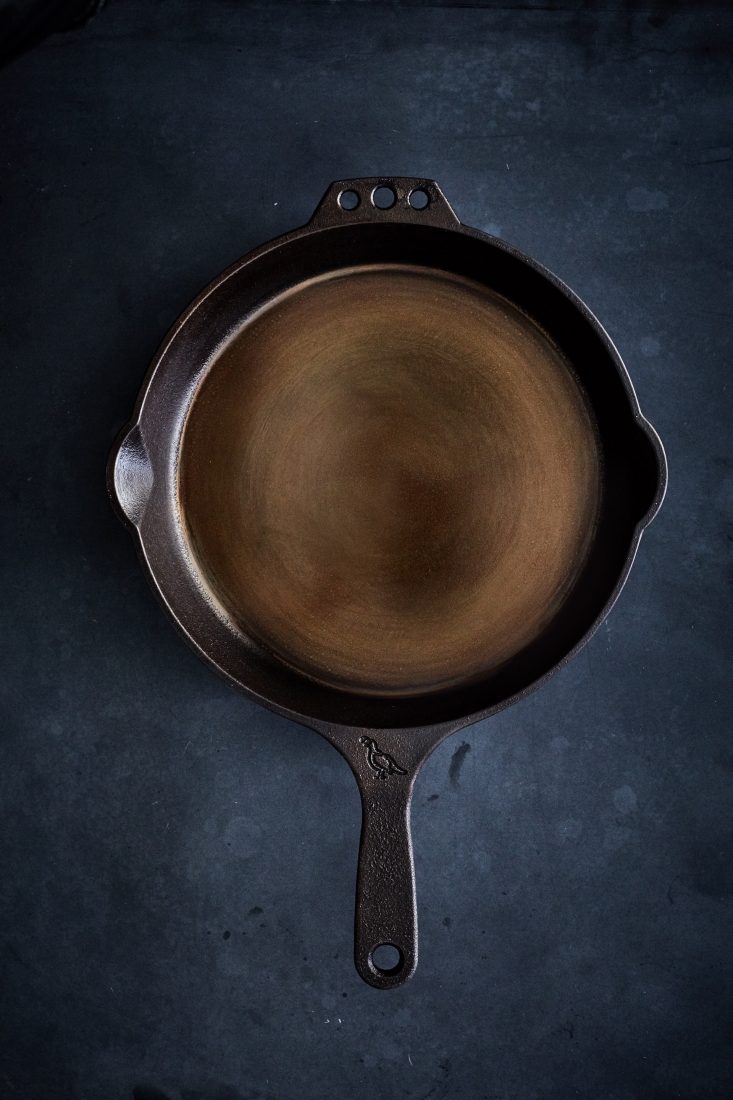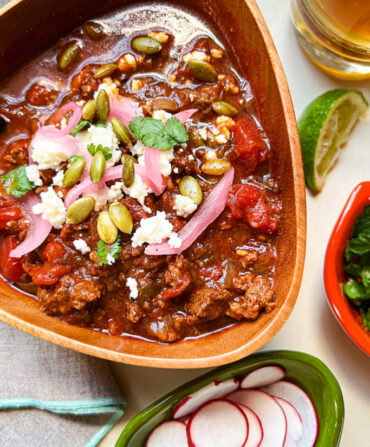Isaac Morton grew up in a Durham, North Carolina, home where family meals often started with a cast-iron skillet. But as an adult, he wasn’t satisfied with the modern cast-iron cookware available today. He couldn’t quite figure out why until his sister-in-law gave him a vintage skillet.
It was a Griswold, a brand last made decades ago by Griswold Manufacturing in Erie, Pennsylvania. Collectors prize the pans for their satin-smooth cooking surfaces. Today, most store-bought skillets have a grainier texture.

“I kept getting frustrated whenever I ran up against those grainy surfaces,” Morton says. Cooking on a smoother surface, he realized cast iron’s full potential. Soon, he became a collector. He bought timeworn, often neglected pieces of cast-iron cookware and refurbished them for family and friends. “More and more folks started to ask about the pans,” he says. “That’s when I began to take the idea of a cast-iron business more seriously.”
So he pored through books, online forums, and more. Then last year, long after he had relocated to Charleston, South Carolina, he turned from hobbyist to full-time maker, opening Smithey Ironware Company. His first release: A classic 10-inch skillet ($160) with a buttery-smooth cooking surface.

How does Morton do it? The process starts at a small foundry in Indiana, which was one of the few east of the Mississippi willing to work on Morton’s small scale. When the pans arrive in Charleston, they’re still porous and grainy. Morton mills the heavy burrs off the metal before grinding and polishing the surface and tumbling each pan in a tub full of rocks to achieve that vintage smoothness. Finally, he seasons it with a thin layer of oil for a non-stick surface.

It’s a tried-and-true process, but it’s still in flux. “It’s always improving,” Morton says. “There are many potential routes to that perfect surface, and I’m trying to find the best way to get there.”








